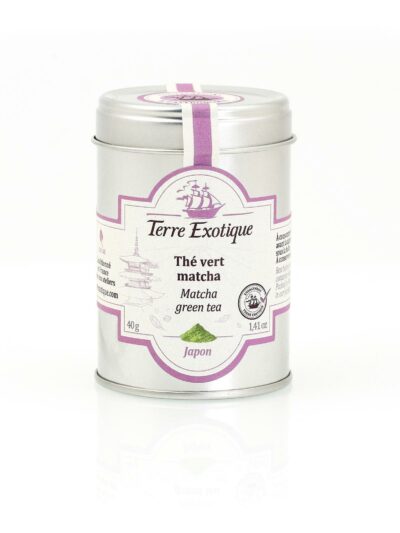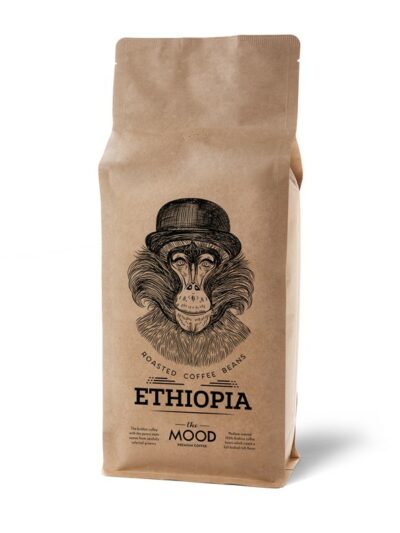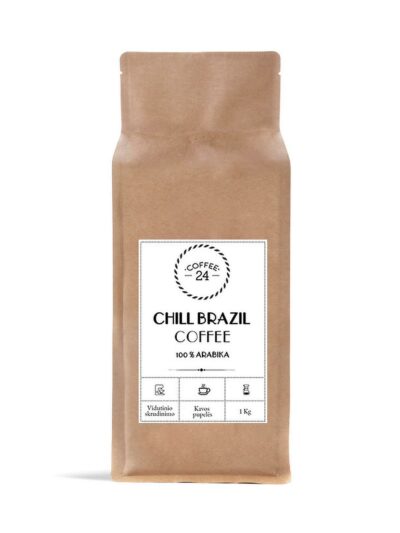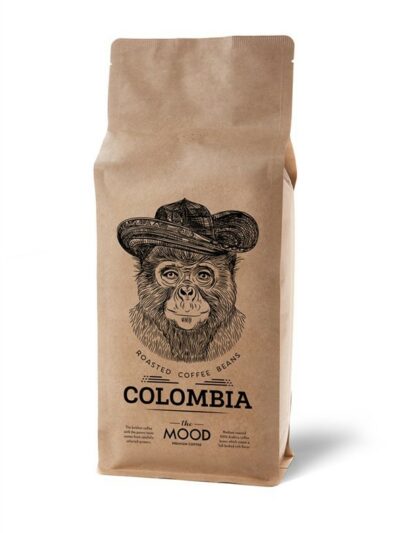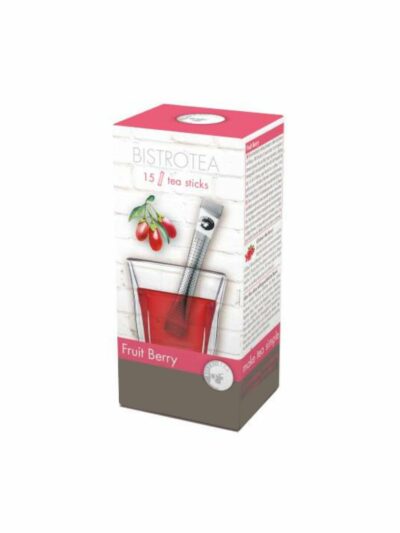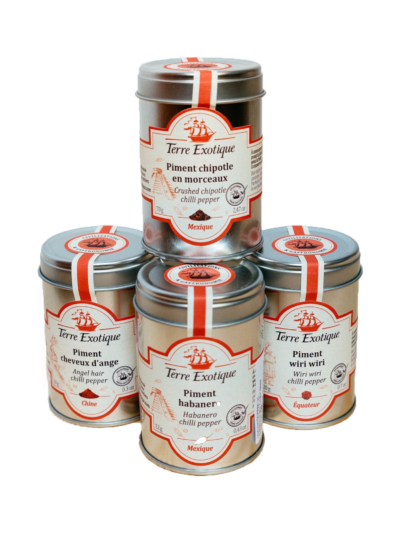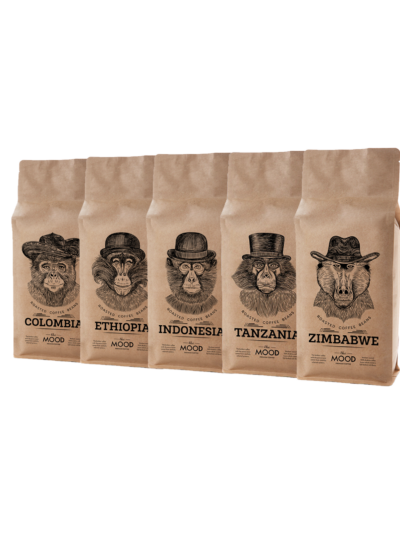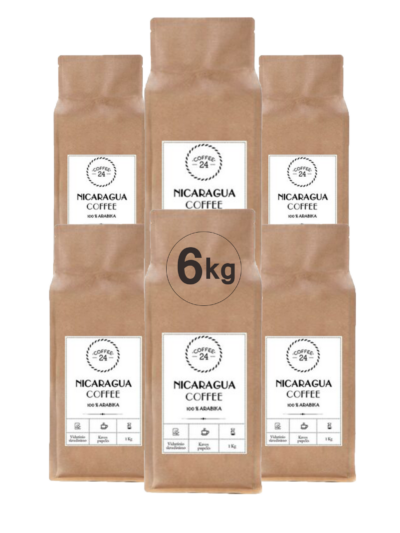Green tea comes in several varieties, and one of them, the topic today, is Matcha. There’s much to discuss about Matcha tea, starting from its history and origins to its preparation methods and health benefits. Rooted in deep traditions, this green tea has spread worldwide and is prized for its exceptional cultivation, processing methods, and its strong and pure flavor profile. So without further ado, let’s delve into Matcha from the beginning.
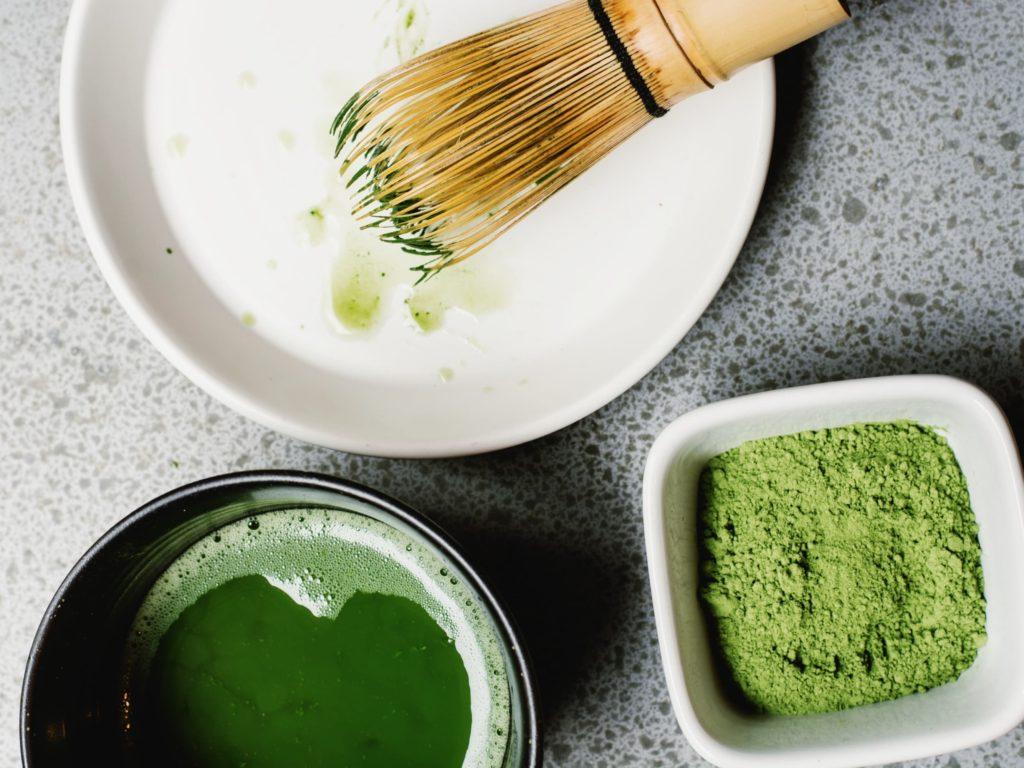
A Historical Outlook
Not many know that the history of Matcha began not in Japan, which is now renowned for producing the highest quality Matcha, but in China. During the Song Dynasty (960-1279), Zen monks developed a ritual for preparing green tea. At that time, green tea was extremely popular in China, and its preparation was so important that the best tea makers competed in contests. It was only later, around 1191, that one of the Zen monks from Japan brought green tea from the city of Zhejiang in China and started cultivating it in Japan.
Impact on Health
Matcha tea is packed with a multitude of beneficial substances and vitamins. Besides reducing the risk of cancer, Matcha tea is rich in vitamins A, B, C, E, and P, as well as protein and minerals such as magnesium. It is often used to manage diabetes or hypertension or to protect against food poisoning. It’s no secret that green teas also contain caffeine – Matcha is no exception. This tea contains approximately up to 60mg of caffeine per teaspoon, although this amount may vary depending on the manufacturer or preparation method.
Types
In various sources, there are different classifications of Matcha, but they generally align on the following types:
- Ceremonial Grade: This is the highest quality Matcha tea, harvested from the youngest leaves at the top of the plant, ideal for ceremonial purposes.
- Culinary Grade: This type is further subdivided into five categories, using lower-grown, younger leaves suitable for culinary purposes.
- Economical Grade: Sometimes not universally recognized, this Matcha is more affordable and can be used for both tea and culinary applications. It includes leaves from lower parts of the plant, which may not always be young.
Process
Green tea and Matcha tea, both derived from the Camellia Sinensis plant, undergo significantly different cultivation and processing methods:
1. Selection and Cultivation:
- Matcha producers carefully select the strongest Camellia Sinensis plants annually for Matcha production.
- Before spring harvest, farmers cover the plants with bamboo cloths to shade the leaves. This shading process is essential for enhancing L-Theanine levels, which contribute to calming effects and blood pressure regulation, as well as increasing chlorophyll content for the characteristic vibrant green color.
2. Processing:
- After the shading period, the leaves are harvested.
- They are immediately steamed to halt oxidation, preserving their color and beneficial compounds.
- Following steaming, the leaves undergo a meticulous process to separate them from stems and veins.
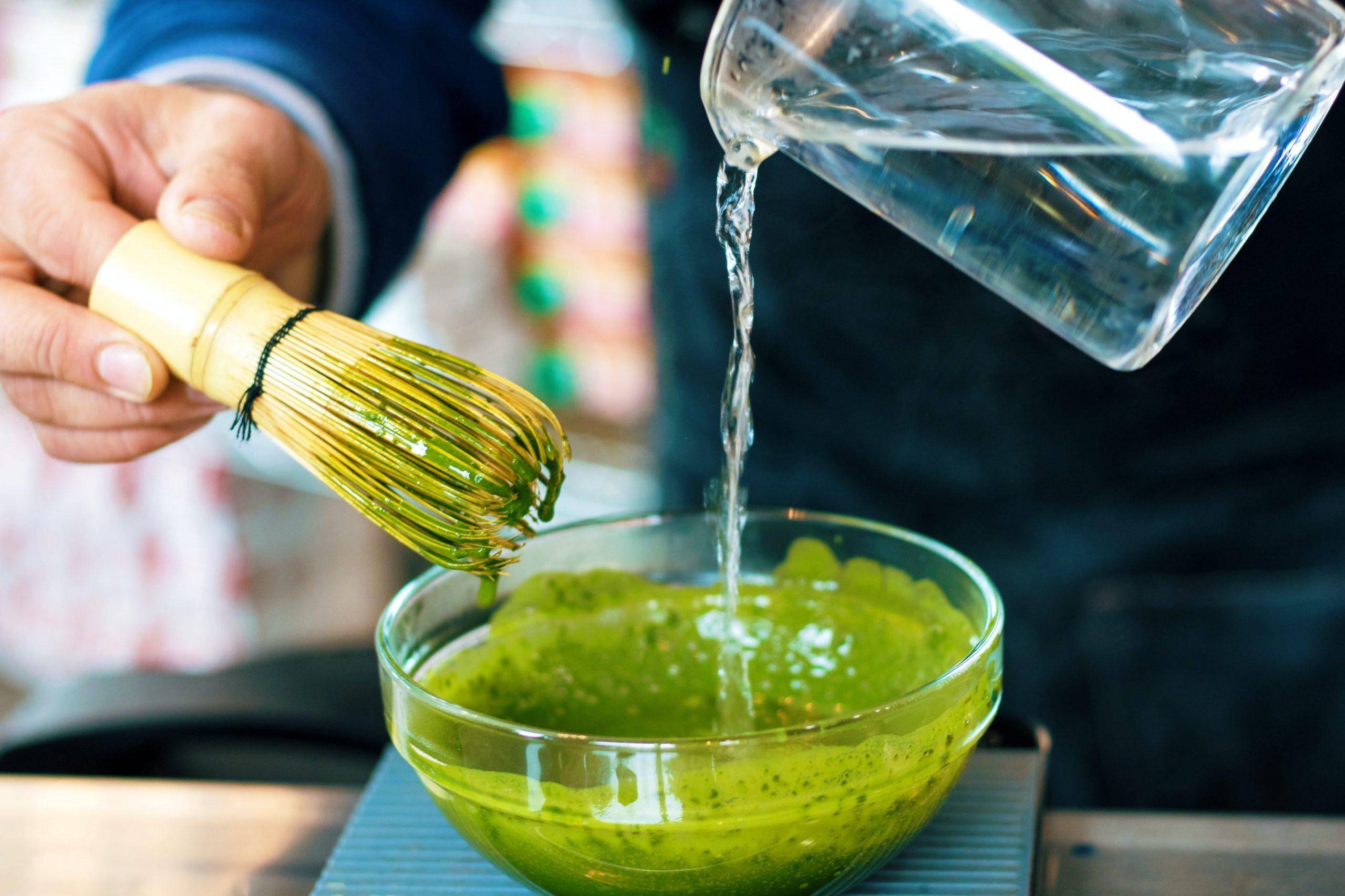
3. Naming and Final Product:
- Before grinding, the processed leaves are known as Tencha.
- Once ground into a fine powder, it becomes Matcha, ready for use.
This methodical approach ensures that Matcha retains its unique flavor, vibrant color, and beneficial properties, distinguishing it from traditional green tea.
Matcha tea is the only type where the leaves are separated from the stems and veins before preparation. This is done to ensure that the tea has a smooth texture when it is ground.
Health Effects
Matcha tea is rich in beneficial nutrients and vitamins, making it highly valued for its health benefits. It reduces the risk of cancer and contains significant amounts of vitamins A, B, C, E, and P, along with protein and minerals like magnesium. It is often used to manage conditions such as diabetes and hypertension, as well as to protect against food poisoning.
Like other green teas, Matcha also contains caffeine. A typical serving of Matcha, about one teaspoon, contains approximately 60mg of caffeine. However, the exact caffeine content can vary depending on the brand and preparation method.
Preparation
Preparing Matcha tea is a meticulous process and differs from other teas as it isn’t steeped but whisked to a froth. Here’s how to prepare it:
- Water Temperature: Heat water to 70°C (158°F). Boiling water can scorch the Matcha, affecting its flavor.
- Matcha Quantity: Use 2-6 bamboo scoops (about 1-2 teaspoons) of Matcha powder for 3-4 cups of tea. Less Matcha will result in a milder taste.
- Whisking Technique: Pour a small amount of hot water into the Matcha bowl (chawan) to moisten the powder. Then, using a bamboo whisk (chasen), whisk the Matcha briskly in a zig-zag motion for about 30 seconds until it is frothy and well mixed. Avoid stirring as it may cause the tea to foam.
- Authentic Tools: For an authentic experience, use a bamboo whisk (chasen) and a Matcha bowl (chawan) specifically designed for preparing Matcha.
Following these steps ensures that your Matcha tea is properly prepared to bring out its unique flavor and texture. Enjoy your authentic Matcha experience!
-
Authentic Japanese Matcha TERRE EXOTIQUE, 40 g.€ 14.70 PVM

